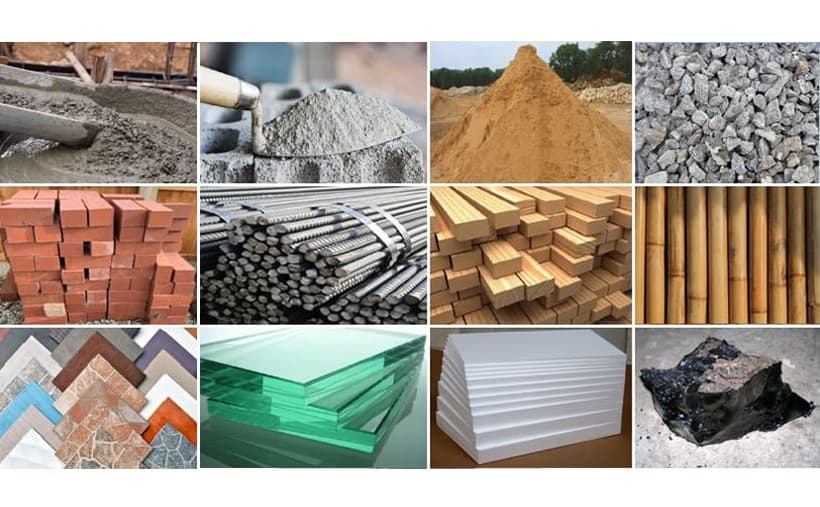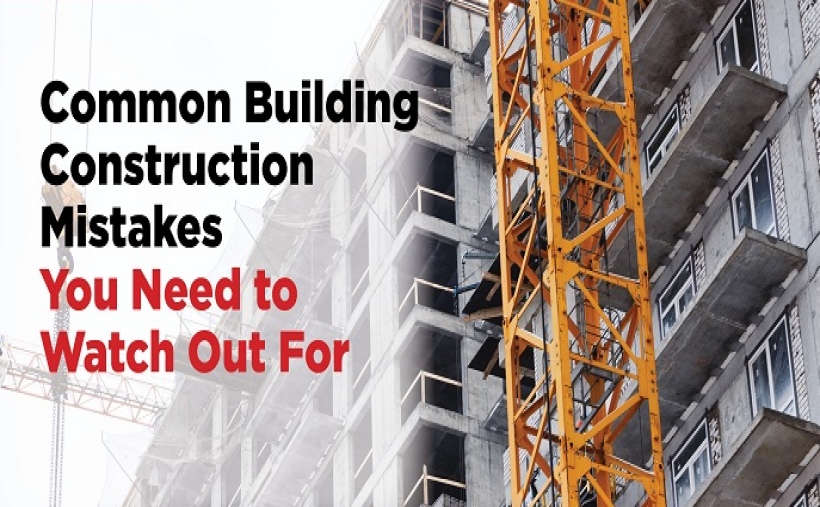The foundation is one of the most critical elements of any building, as it supports the entire structure above it. Choosing the right materials is essential for ensuring durability, stability, and safety. In this guide, we’ll walk you through why quality materials matter and how to select materials that meet both structural and environmental standards.
1. Understand the Soil and Site Conditions
Every foundation begins with a thorough understanding of the soil type, moisture levels, and climate. Different soils, like clay or sand, react differently to moisture and weight, which can affect the choice of materials. Before selecting any materials, conduct a soil test to identify the soil’s bearing capacity and characteristics, which will influence the type and depth of foundation needed.
2. Prioritize High-Quality Concrete
Concrete is the backbone of most foundations due to its strength and durability. When selecting concrete, look for types that meet local building codes and standards. Consider the concrete’s compressive strength, which typically ranges between 3,000 and 5,000 psi for residential construction. Using high-quality, well-mixed concrete can significantly reduce the risk of cracks, shrinkage, and structural weakness.
3. Choose Reinforcement Materials Wisely
Reinforcement materials like steel bars (rebar) add tensile strength to concrete, which naturally handles compression better than tension. High-quality rebar, treated for rust and corrosion resistance, is essential for maintaining the integrity of the foundation over time. Make sure the rebar used is compatible with the concrete and will not react adversely in the given soil conditions.
4. Evaluate Durability and Lifespan
Durable materials reduce the need for repairs and maintenance over the years. Evaluate each material’s lifespan and its ability to withstand weathering and environmental conditions. Materials should be resistant to water infiltration, temperature fluctuations, and wear. A durable foundation not only supports the structure but also saves on long-term costs.
5. Check for Safety Standards and Certifications
Ensure all materials comply with local and national safety standards. Look for certifications like ASTM (American Society for Testing and Materials) to verify quality and safety. Meeting these standards not only improves the foundation’s quality but also provides peace of mind knowing the materials are tested and approved.
6. Consider Environmental Impact and Sustainability
The construction industry is moving toward greener practices, and foundations are no exception. Look for eco-friendly options like recycled aggregate concrete or materials sourced from sustainable sources. Reducing your environmental impact can also improve the overall sustainability of the building, as eco-friendly materials often contribute to better energy efficiency.
7. Assess Water Resistance and Drainage Compatibility
A strong foundation must protect against water damage, which can lead to cracks and weakening. Use water-resistant materials and integrate drainage solutions, such as moisture barriers, to prevent water from seeping into the foundation. Proper drainage compatibility with the soil conditions will ensure the foundation remains dry and durable.
8. Factor in Load-Bearing Requirements
Choose materials that can withstand the weight and size of the structure being built. For larger buildings, reinforced concrete, high-grade steel, or even pre-stressed concrete might be necessary. Consulting an engineer can help determine the load-bearing needs specific to your project and ensure that your materials meet those demands.
9. Understand Maintenance Needs
Some materials require periodic maintenance to keep the foundation in top condition. Materials like treated wood, if used, need regular inspections to prevent rot or insect damage. Ensuring that the chosen materials have reasonable maintenance requirements can help keep long-term costs low and the foundation strong over time.
10. Consult with Professionals
Foundations are complex, and each building’s foundation requires careful consideration. Working with a structural engineer or experienced contractor ensures that you’re making informed choices about materials that suit the site conditions, load requirements, and environmental factors. Their expertise can help you avoid costly mistakes and create a foundation built to last.






2 Comments
2sh339
“This article is a great reminder of how critical it is to select quality materials from the start. I especially found the points on soil conditions and water resistance helpful—those are factors that are easy to overlook but make a big difference in a foundation’s durability. Thanks for breaking it down so clearly!”